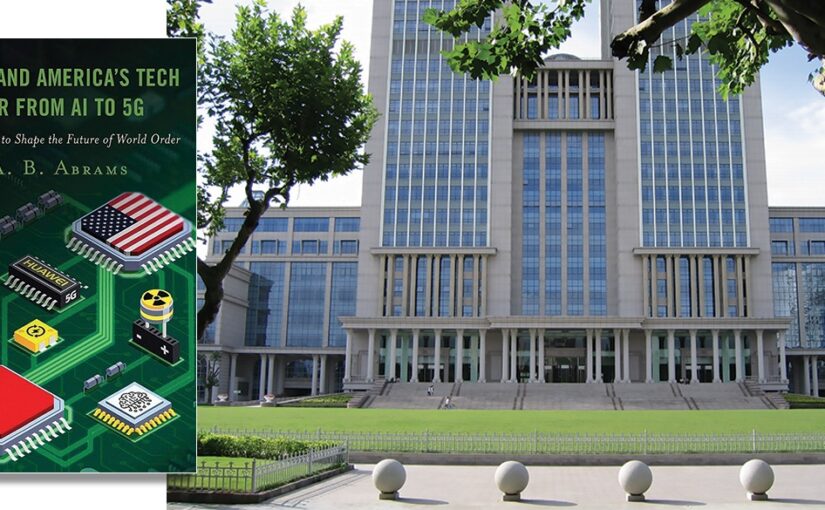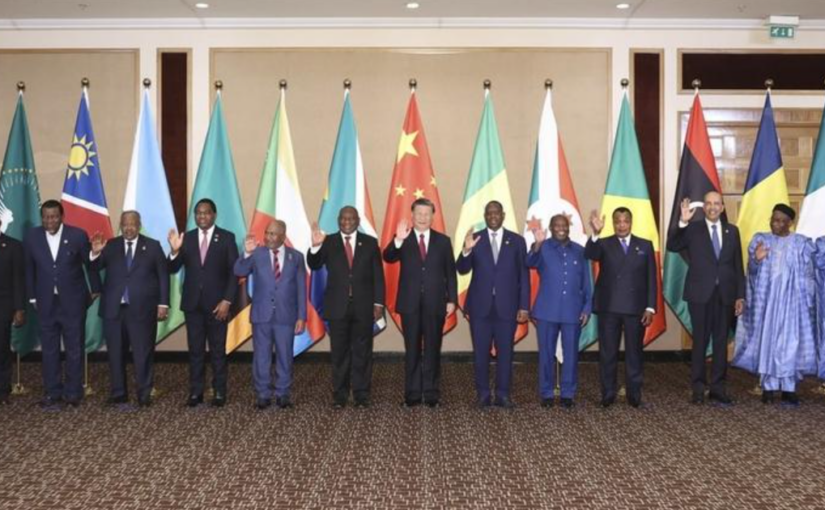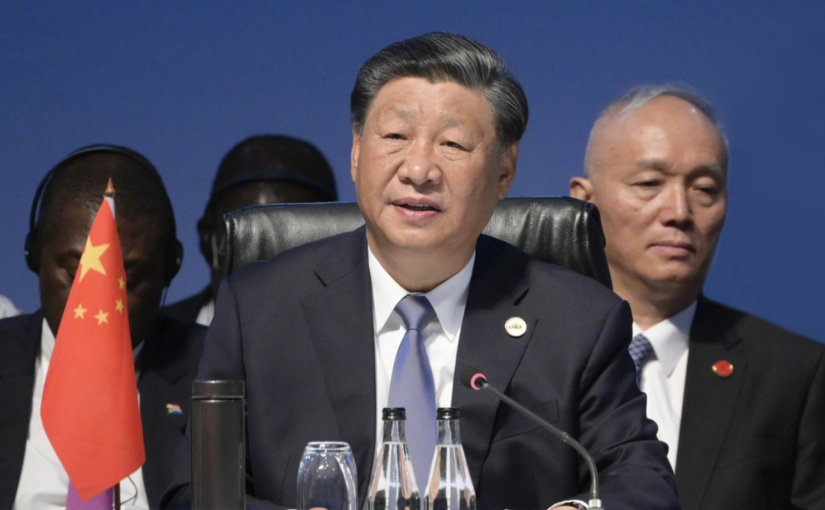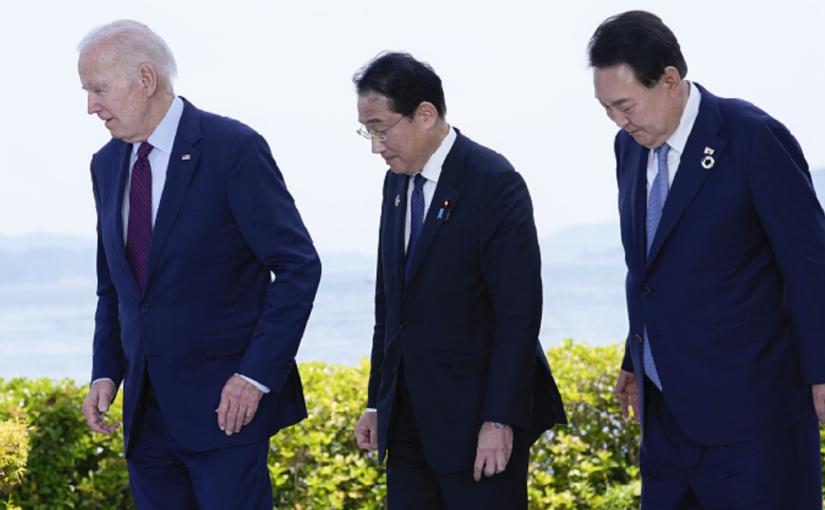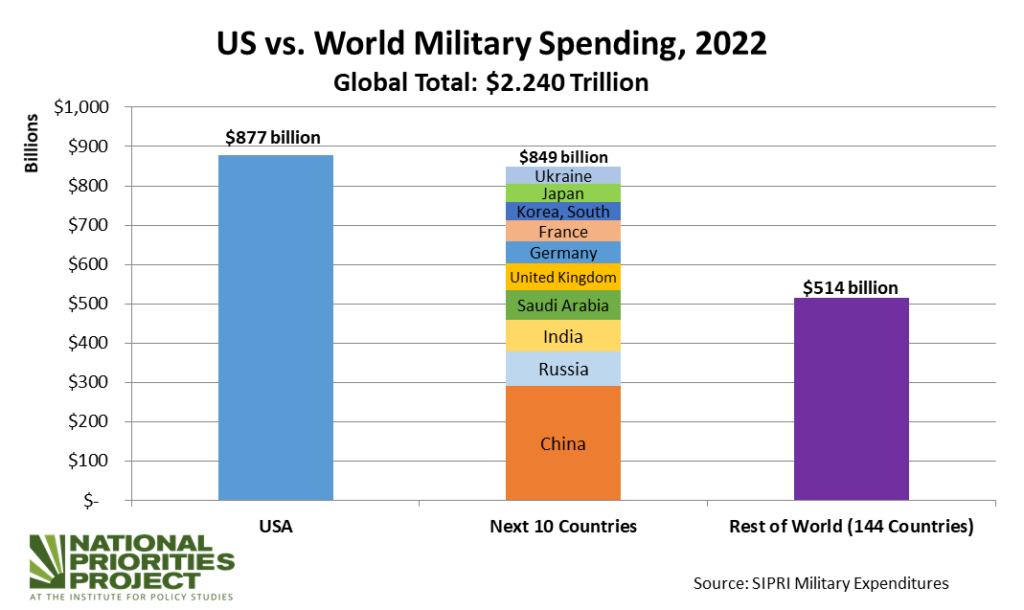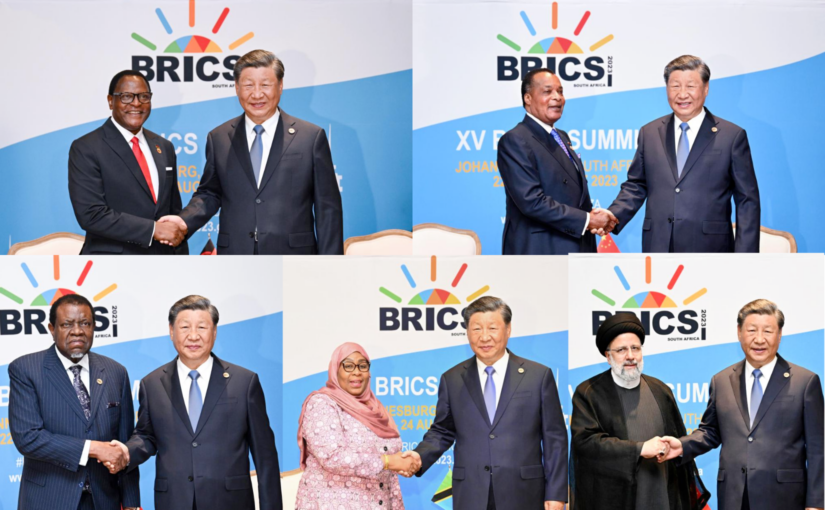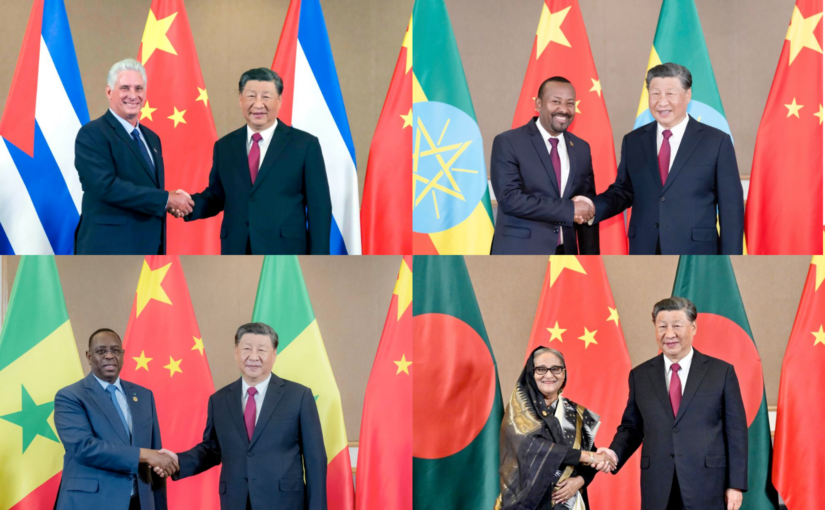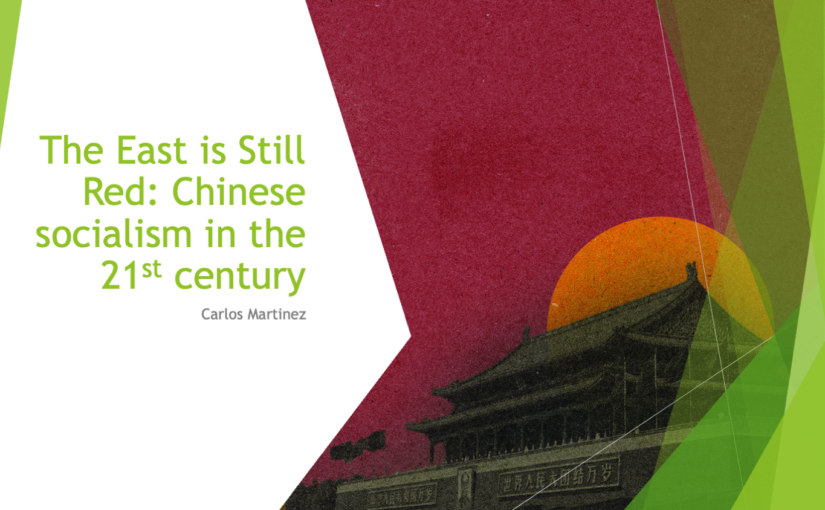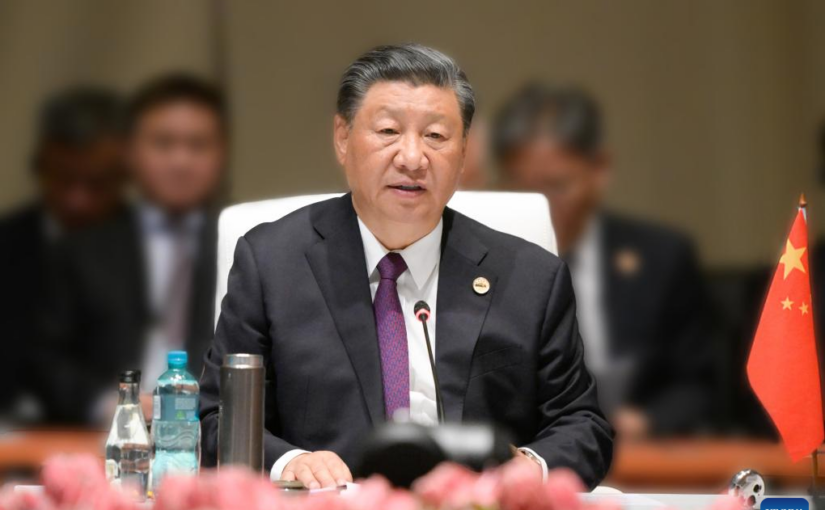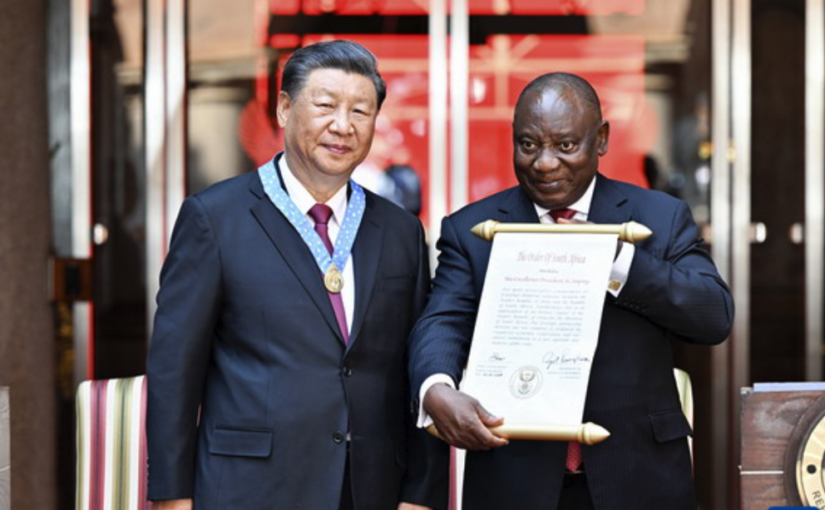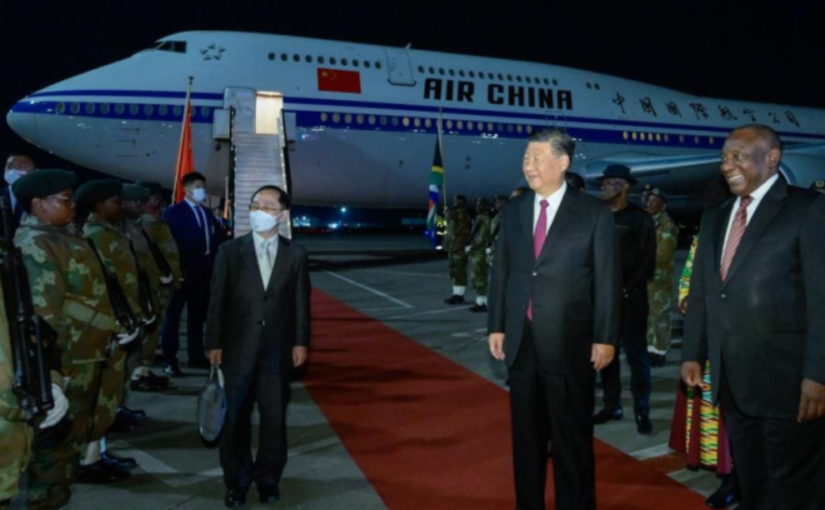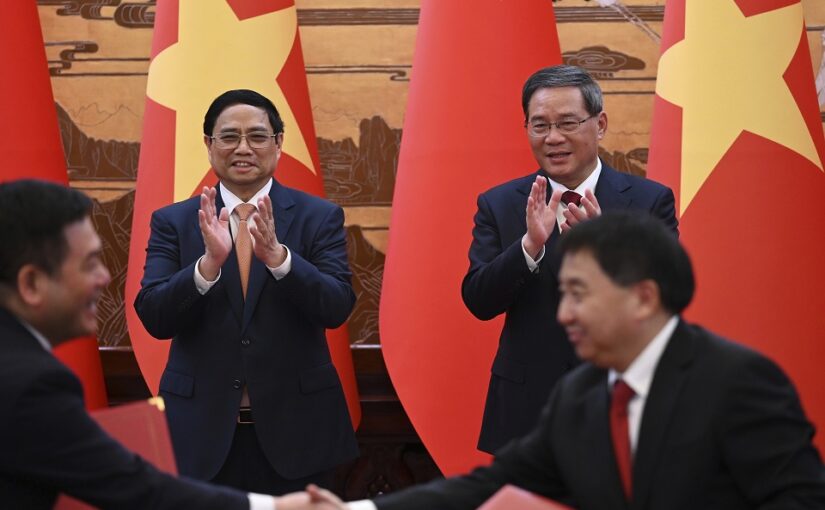In this review of China and America’s Tech War from AI to 5G: The Struggle to Shape the Future of World War, the new book by AB Abrams, Will Podmore notes that China has major advantages in five crucial areas of strategic and economic significance, namely artificial intelligence, quantum computing, green and nuclear technologies, telecommunications, and semiconductor chips. China is also, he notes, the world’s largest R&D investor and accounts for nearly half of all patent applications lodged worldwide.
Podmore writes that its unaffordability deters many US citizens from university study, but in China the numbers are rising fast. Moreover, the Chinese percentage of STEM graduates among its student cohort is double that of the US. China has also overtaken the US in the number of peer-reviewed papers published in scientific journals.
The US response, Podmore observes, has been to step up its attacks on China’s Huawei. But, as Abrams notes: “By initiating hostilities the US may only have accelerated its own decline by pressing China and its suppliers to phase out reliance on both American inputs such as software as well as on US chips.”
Britain’s decision to strip out Chinese equipment from its 5G network within seven years will cost over £7 billion and delay 5G rollout by at least three years. Podmore evokes a famous aphorism of Mao Zedong when he describes all this as “lifting a rock, only to drop it on your own feet.”
For their part, the editors of the MIT Technology Review write: “It’s becoming increasingly clear in the West that while the venture capital model is good at building things people want, it’s less good at producing things society needs in order to solve hard, long-term problems like pandemics and climate change.”
Abrams’ book is published by Lexington Books. However, at £96, it is beyond the reach of all but a handful of individual readers. A Kindle edition is currently available at a slightly more affordable £38. It may also be possible to order it through your library.
This review was originally published by the Morning Star.
China has major advantages in five key broad areas of technological competition with high strategic and economic significance — artificial intelligence, quantum computing, green and nuclear technologies, telecommunications and semiconductor chips — due to its greater home market scale, flexible regulatory environment and faster product integration loop.
China is the world’s largest overall (public and private) R&D investor. And China is not producing copies, as is commonly alleged: China files nearly half all the patent applications submitted worldwide.
The unaffordability of higher education in the United States means that fewer US citizens are going to university, but in China the numbers receiving higher education are rising fast. In 2013, 40 per cent of Chinese students graduated in STEM subjects, under 20 per cent in the US.
In the period 2016-2018, China overtook the US in the number of peer-reviewed papers published in scientific journals. The 2019 PISA (the OECD Programme for International Student Assessments) found that Chinese students were the best educated in the world.
The US responded not by upping its investments in high tech but by stepping up its attacks on China’s Huawei.
By 2019, 40 per cent of the world’s population used telecoms that passed through Huawei equipment. The US government alleged that Huawei was using its equipment to spy on other countries.
Nevertheless, the US House of Representatives intelligence committee had concluded in 2012 that there was no evidence that the firm was installing back doors in its equipment for espionage purposes.
Germany’s Federal Office for Information Security found no evidence of any security threat or malpractice from Huawei. And, as Abrams points out, “It was the NSA, not a Chinese government agency, which sought to install back doors into Huawei equipment for espionage purposes.”
The NSA made US tech companies like Microsoft, Google, Yahoo, Facebook and Apple assist its surveillance efforts.
Continue reading Book review: China and America’s Tech War from AI to 5G